Figures & data
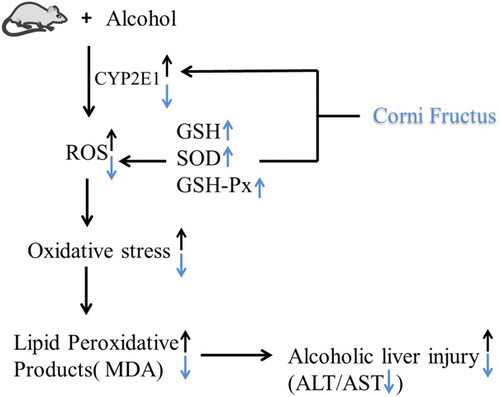
Figure 1. DPPH free radical scavenging rate of C. fructus.

Figure 2. Effects of C. fructus on serum ALT and AST activities.
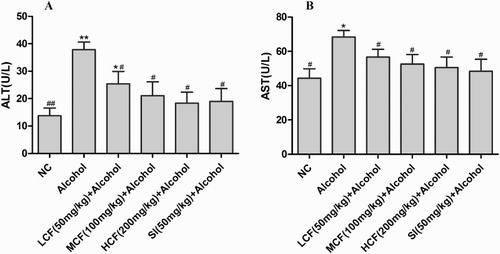
Figure 3. Effect of C. fructus on TBARS.
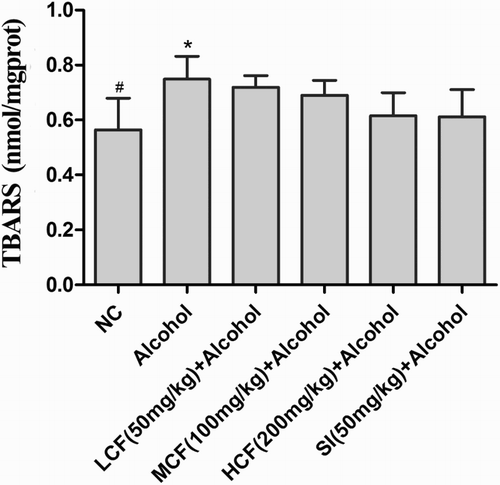
Figure 4. Effect of C. fructus on the inhibition of free hydroxyl radicals.
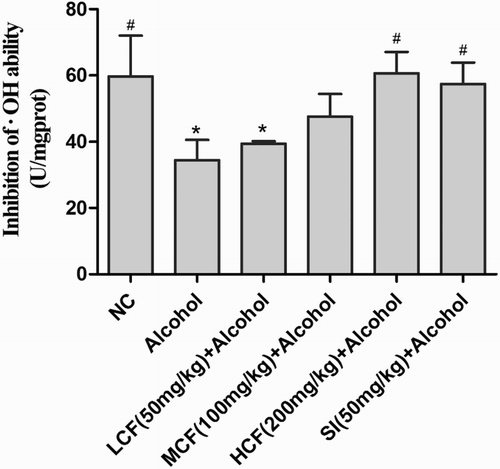
Figure 5. Effect of C. fructus on GSH-Px (A), T-SOD (B), and GSH (C).
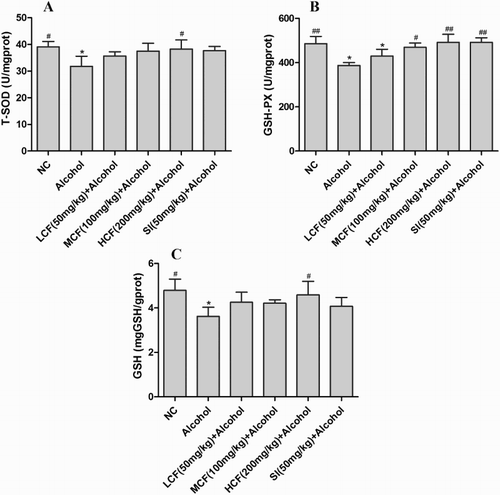
Figure 6. Effect of C. Fructus on CYP2E1 activity (A) and protein expression (B).
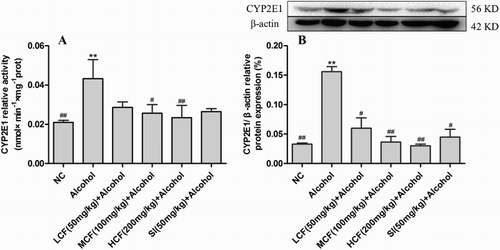
Figure 7. Effect of C. fructus on alcohol-induced histopathological changes in the livers of mice (original magnification 400×).

